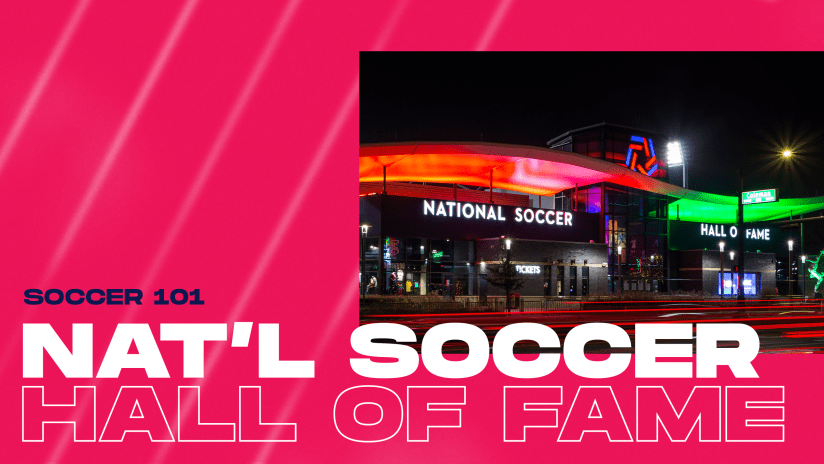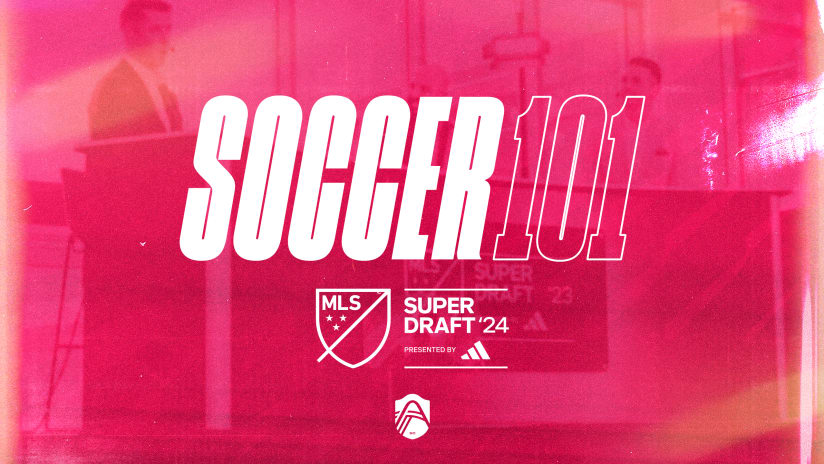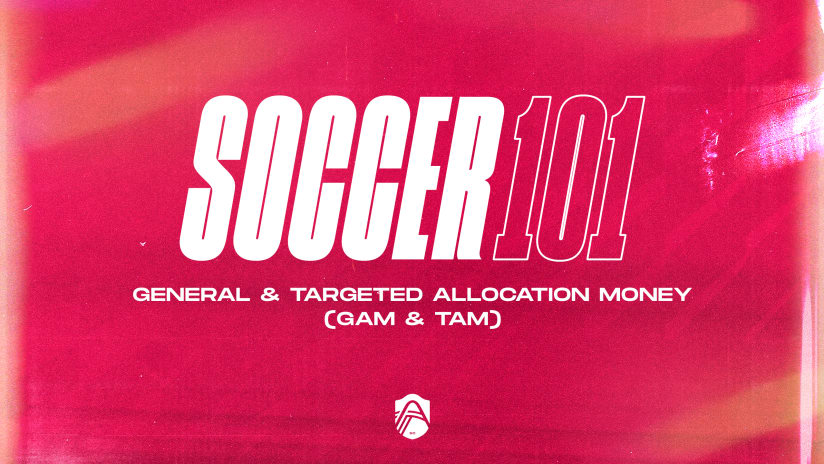With 57 goals in 141 appearances, retired soccer player Clint Dempsey is the joint-all-time leading goalscorer for the United States Men’s National Team alongside his former teammate Landon Donovan. Dempsey has not only excelled for his national team, but left a sizable impact on both sides of the Atlantic Ocean, scoring 60 goals in 232 appearances for English side Fulham, 26 goals in 84 appearances for Major League Soccer side New England Revolution, and 56 goals in 136 appearances for Seattle Sounders. He is, by all regards, the greatest male soccer player in the history of the United States.
Dempsey’s legacy will be immortalized this spring when he is enshrined in the National Soccer Hall of Fame in Frisco, Texas, just a three-hour drive from his hometown of Nacogdoches, Texas. He is joined by Hope Solo, Shannon Boxx, Marco Etcheverry, Linda Hamilton, and Esse Baharmast in the class of 2022. Together, they will each be inducted at a ceremony inside the Hall of Fame on May 21, 2022, alongside Christie Pearce Rampone after she deferred her induction upon being chosen for last year’s class.
Getting into this Hall of Fame is also one of the hardest of all American soccer accomplishments. So how does it all work? Let’s go over the process together:
What is the National Soccer Hall of Fame?
The National Soccer Hall of Fame is a private, non-profit museum that is located in FC Dallas’ Toyota Stadium in Frisco, Texas. The Hall of Fame honors soccer achievements in the United States – being inducted into the Hall is widely considered the highest honor in American soccer.
When was the National Soccer HOF created?
The Hall of Fame was born in 1950 when a group of former professional and amateur players from the Philadelphia "Old-timers" Association took the initiative of recognizing the achievements of soccer in America. However, it was 29 years later when the National Soccer Museum, as a physical entity, was established in Oneonta, New York. It was officially recognized as the National Soccer Hall of Fame by the U.S. Soccer Federation in 1983.
The Hall was forced to close to the public in 2010 due to financial difficulties, but eight years later, a new Hall of Fame opened, this time in Frisco. This museum brings in around 17,000 visitors each year.
Who gets into the Hall of Fame?
Eligible individuals may be inducted into the Hall in one of three categories: Player, Builder, and Veteran. Former players who wish to make it into the Hall must be retired for at least three years but no more than 10 years. In addition, they must either:
- Have played at least 20 full international games for the United States (or 10 if the games were prior to 1900)
- Have played at least five seasons in an American first-division professional league (MLS or NWSL), and won either the league championship or the U.S. Open Cup, or been selected as a league all-star at least once.
As for Veterans, these individuals must meet one of the previous two criteria, but they may be out of the game for longer than 10 years and are automatically placed on the Veteran eligibility list. With Dempsey retiring in 2018, Boxx in 2015, and Solo in 2016, all three were inducted as Players unlike Etcheverry, who was inducted as a Veteran after hanging up his boots in 2004.
In order to be inducted, an individual must appear on 75% of ballots, with a maximum of three people annually from the Player ballot and two from the Veteran ballot. Etcheverry earned his spot via the Veteran category after taking home 83.3% of ballots from the 24 veteran voting committee members. Hamilton was also voted in as a Veteran with 79.2%, having racked up 71 international appearances for the US Women’s National Team from 1987 to 1995. Dempsey, on the other hand, earned 47 ballots from the 48 Player voting committee members (97.9%), while Boxx and Solo picked up 91.7% and 81.3%, respectively.
Who qualifies for the Builder category?
To be eligible, an individual must have made his or her mark in soccer in a non-playing capacity and have had a major, sustained and positive impact on soccer at a national or first division professional level. Due to the broad, general nature of the criteria, nominations for this category may be considered. Nominations are screened by the Hall of Fame Historian and Researcher who then may submit their recommendations to the Hall.
With 22 ballots from the 24 builder voting committee members (91.7%), Baharmast is selected as this year’s Builder winner thanks to an impressive refereeing career and post-refereeing career, with the Iranian-American holding various lofty positions such as Director of Officials for U.S. Soccer as well as a FIFA technical instructor in the Referee Assistance Program.
The National Soccer Hall of Fame voting committee determined the 2022 class after changes to the election and eligibility process raised the maximum number of inductees from four to six, allowing a third candidate from the Player ballot and a second candidate from the Veteran ballot to be elected if they are named to at least 75% of the ballots.
Are there any HOF inductees that represent St. Louis?
It should be noted that the St. Louis Soccer Hall of Fame, established in 1971, is older than the National Soccer Hall of Fame and continues to honor the greatest contributors to soccer in St. Louis. The National Soccer Hall of Fame, however, has its fair share of St. Louis natives who have gone on to leave their mark on the nation’s rich soccer history.
Robert Annis, who was born and raised in St. Louis and won the 1948 and 1950 National Challenge Cup with St. Louis Simpkins-Ford, was inducted in 1995 along with the rest of the 1950 U.S. World Cup squad, including club and country teammates Frank Borghi and Charlie Colombo. Joseph S. Carenza Sr., who played for various St. Louis teams in the 1940s-1950s and coached the Washington University men’s soccer team from 1959 to 1964, was also inducted in 1982.
Rick Davis, who scored 89 goals in 123 appearances for indoor side St. Louis Steamers between 1983 to 1986, Jimmy Dunn, a St. Louis native who played for Ben Millers from 1916 to 1927, and Harry Keough, who led the U.S. to a 1-0 upset of England in the 1950 FIFA World Cup, are a few more examples of St. Louis’ proud heritage being recognized in the Hall. Alex McNab, a Scotsman, and Werner "Scotty" Nilsen, a Norwegian, both dazzled for St. Louis-based sides in the 1930s and were inducted later on. Bill Looby, Pat McBride, Gino Pariani…the list goes on and on when it comes to St. Louis natives who have been recognized by the National Soccer Hall of Fame. But who’s surprised? They don’t call St. Louis the first soccer capital of America for nothing.





